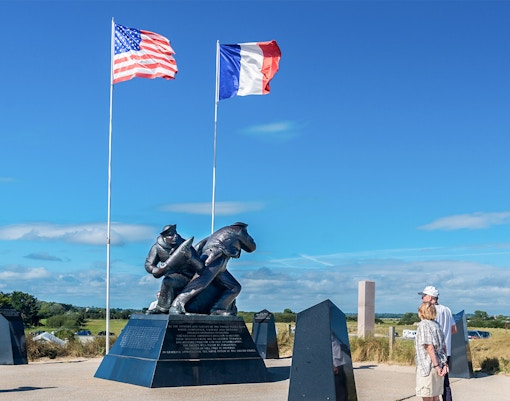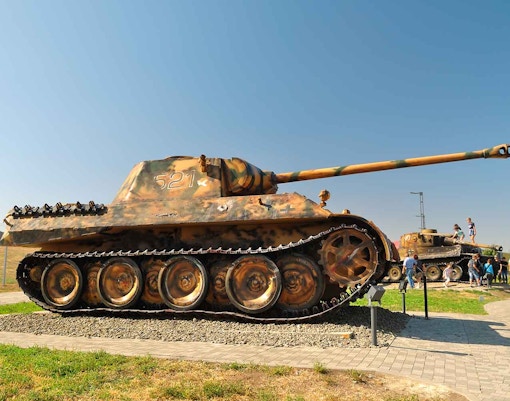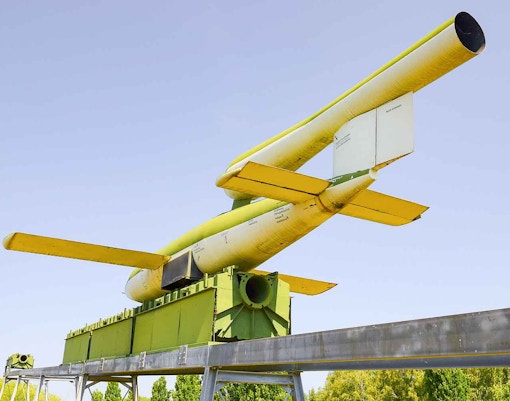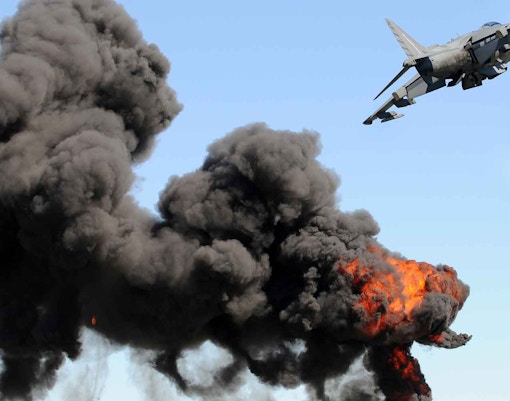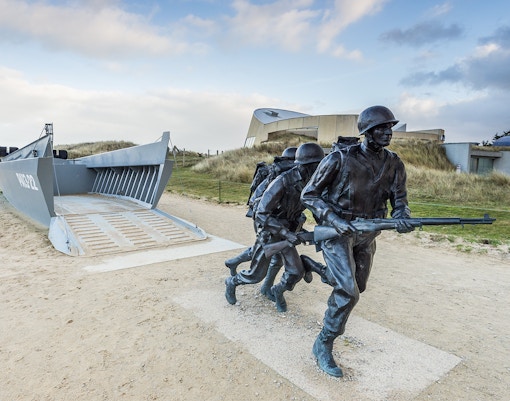To free Nazi-occupied France, the Allies launched Operation Overlord—the most ambitious amphibious assault in history. Under General Dwight D. Eisenhower, forces from the U.S., U.K., Canada, and Free France united for a common goal: to open a Western front and begin the defeat of Hitler’s regime.


